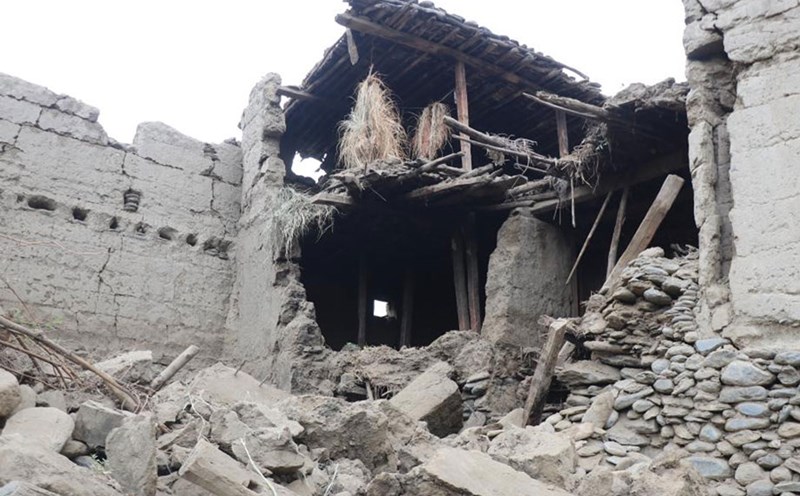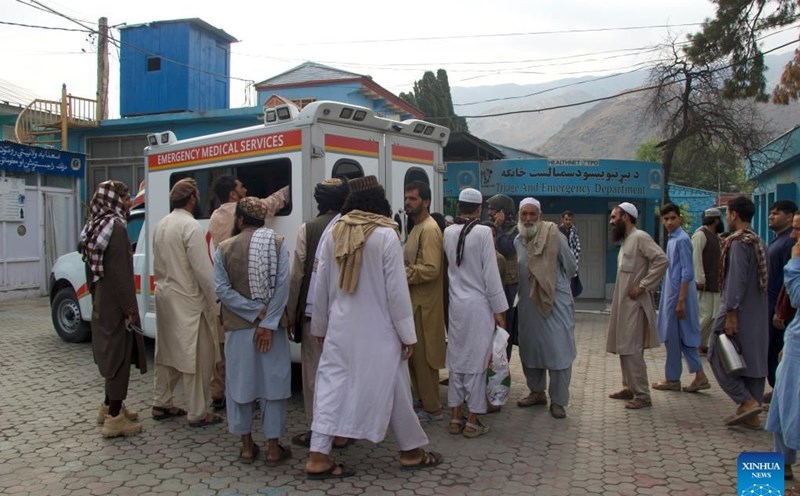On September 2, east Afghanistan continued to suffer another earthquake, strengthening 5.5 onwards, raising concerns about further damage and devastation in the area as it had to experience another earthquake in the early morning of September 1, killing more than 1,400 people.
The new earthquake occurred at a depth of 10km, coinciding with the depth of the previous 6-degree earthquake - one of the worst disasters in Afghanistan in years, causing many remote villages to be flattened.
Safiullah Noorzai, an employee of Aseel (a technology platform for humanitarian aid with a network across Afghanistan), said the earthquake caused panic and hindered rescue efforts by triggering landslides, blocking more roads and making digging in the rubble more dangerous.
Saudi Arabia, which sent rescue teams to the disaster site, added that many people were injured, which could increase the death toll.
Meanwhile, many people are still stuck. Some houses, which were partially damaged, were completely destroyed by the second earthquake, according to local residents.
The media noted that after the latest earthquakes, many more houses were damaged or collapsed, while people continued to dig up the rubble to search for survivors.
A spokesman for the Taliban government, Mr. Zabihullah Mujahid, said that at least 1,411 people have been killed so far, 3,124 people were injured and more than 5,400 homes were destroyed in the first earthquake alone.
The UN coordinator in Afghanistan stressed that the death toll will certainly increase.
Relief organization save the Children has called on the international community to promptly disburse emergency funds. The organization said the earthquake disrupted clean water supply, raised concerns about epidemics and made access to food difficult.
Afghanistan is vulnerable to deadly earthquakes, especially in the Hindu Kush Mountains, where the Indian and Asian tectonic plates meet.











